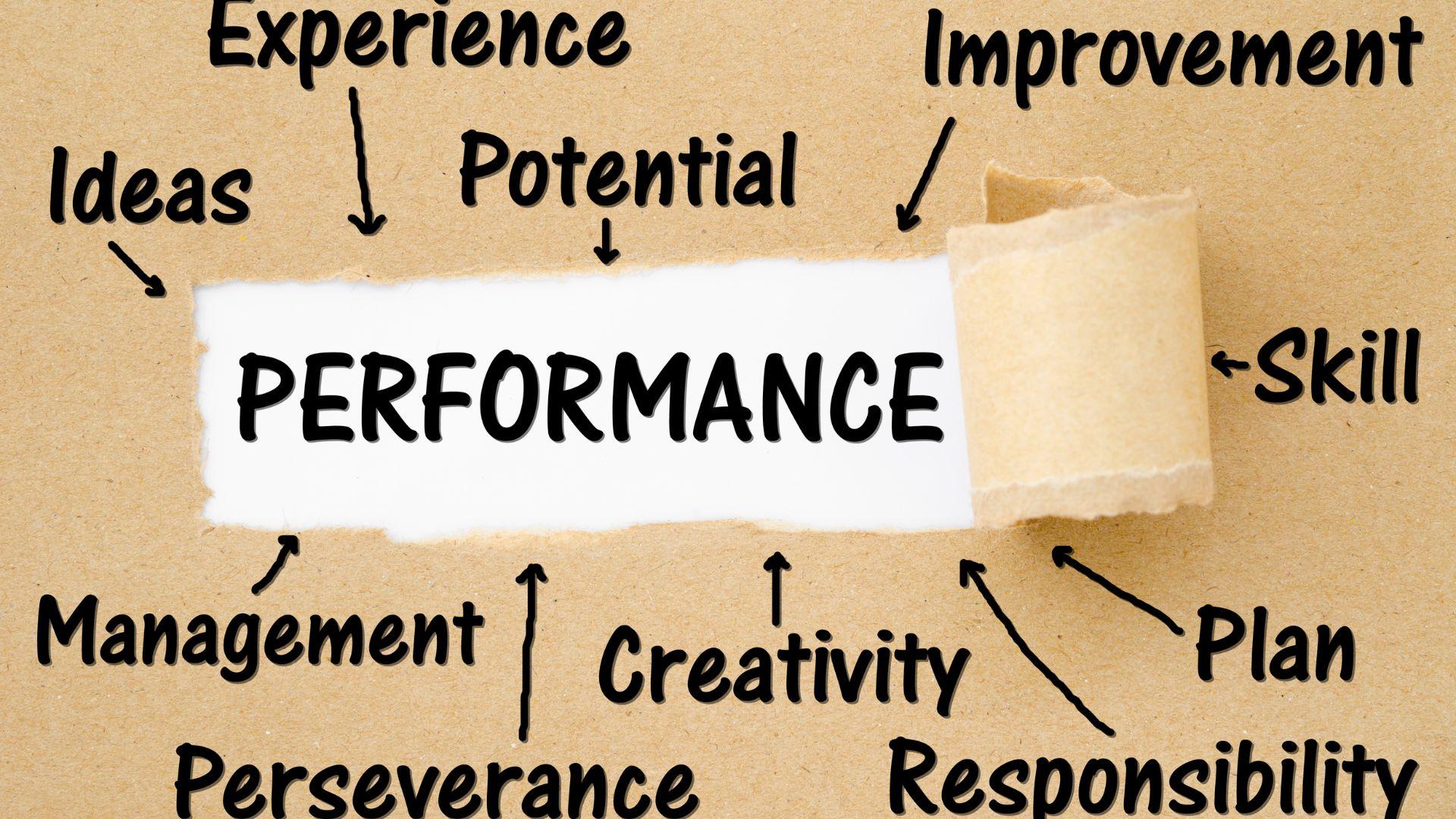In the fast-paced world of digital marketing, scaling performance campaigns is essential for growth. However, as businesses expand their reach and increase their budgets, maintaining efficiency becomes a critical challenge. In this blog post, we will explore effective strategies for scaling performance campaigns while ensuring that efficiency and effectiveness are not compromised.
Understanding the Importance of Scaling
Scaling performance campaigns allows businesses to reach a larger audience, increase brand awareness, and drive more conversions. However, without a strategic approach, scaling can lead to wasted resources, decreased ROI, and ineffective marketing efforts. Therefore, it’s crucial to implement strategies that enable growth while maintaining a focus on efficiency.
Key Strategies for Scaling Performance Campaigns
1. Budget Management
Effective budget management is the foundation of scaling performance campaigns. Here are some strategies to consider:
-
Allocate Budgets Based on ROI: Analyze past performance data to identify which campaigns and channels yield the highest return on investment (ROI). Allocate more budget to these high-performing areas while being cautious with underperforming campaigns.
-
Diversify Spending Across Channels: Avoid putting all your budget into one channel. Diversifying your spending across multiple platforms (e.g., social media, search engines, email) can minimize risk and help you discover new opportunities for growth.
-
Monitor and Adjust Regularly: Continuously track campaign performance and adjust budgets accordingly. If a campaign is performing well, consider increasing its budget to capitalize on its success.
2. Audience Expansion
As you scale, expanding your audience is essential. Here’s how to do it effectively:
-
Identify New Audience Segments: Use data analysis to uncover new audience segments that may be interested in your products or services. Look for trends in demographics, interests, and behaviors.
-
Utilize Lookalike Audiences: Platforms like Facebook and Google allow you to create lookalike audiences based on your existing customer data. This helps you reach new users who are similar to your best customers.
-
Implement Geo-Targeting: If your business is expanding into new markets, use geo-targeting to tailor your campaigns to specific locations. This ensures that your messaging resonates with local audiences.
3. Creative Strategy
A strong creative strategy is vital for maintaining engagement as you scale. Consider the following:
-
Develop Diverse Ad Creatives: To prevent ad fatigue, create a variety of ad creatives that highlight different aspects of your products or services. This keeps your audience engaged and interested.
-
Tailor Messaging: Customize your messaging to resonate with different audience segments. Personalization can significantly improve engagement and conversion rates.
-
Regularly Refresh Creatives: Keep your ads fresh by regularly updating your creatives. This helps maintain interest and prevents your audience from becoming desensitized to your messaging.
4. Conversion Rate Optimization (CRO)
Optimizing your conversion rates is crucial for scaling efficiently. Here are some strategies:
-
Optimize Landing Pages: Ensure that your landing pages are user-friendly, visually appealing, and aligned with your ad messaging. A seamless user experience can significantly improve conversion rates.
-
Identify Pain Points: Use analytics to identify areas in your conversion funnel where users drop off. Address these pain points to improve the overall user experience.
-
Implement A/B Testing: Regularly conduct A/B tests on landing pages, ad creatives, and CTAs to determine what resonates best with your audience. Use data-driven insights to refine your strategies.
5. Measurement and Attribution
Accurate measurement and attribution are essential for understanding campaign performance. Consider the following:
-
Define Clear KPIs: Establish key performance indicators (KPIs) that align with your business goals. This will help you measure success and make informed decisions.
-
Use Attribution Models: Implement attribution models to understand the customer journey and identify which touchpoints contribute to conversions. This insight allows you to optimize your marketing efforts effectively.
-
Continuously Monitor Performance: Regularly review performance metrics to identify trends and areas for improvement. This proactive approach enables you to make timely adjustments to your campaigns.
6. Reporting and Feedback Loops
Establishing a robust reporting system and feedback loops is crucial for ongoing success:
-
Regular Reporting: Create a schedule for reporting on campaign performance. This ensures that all stakeholders are informed and can make data-driven decisions.
-
Integrate Feedback Mechanisms: Gather qualitative insights from users through surveys or feedback forms. Understanding customer experiences can help you refine your strategies.
-
Foster a Culture of Continuous Learning: Encourage your team to learn from both successes and failures. Use insights gained from campaigns to inform future strategies and improve overall performance.
Conclusion
Scaling performance campaigns without losing efficiency is a challenging yet achievable goal. By implementing effective budget management, expanding your audience, refining your creative strategy, optimizing conversion rates, measuring performance accurately, and establishing feedback loops, you can drive growth while maintaining campaign effectiveness.
For those looking to deepen their understanding and skills in this area, consider enrolling in the Best Performance Marketing Course to equip yourself with the knowledge and tools necessary for successful campaign scaling. Embrace these strategies to ensure that your performance marketing efforts yield the best possible results!



